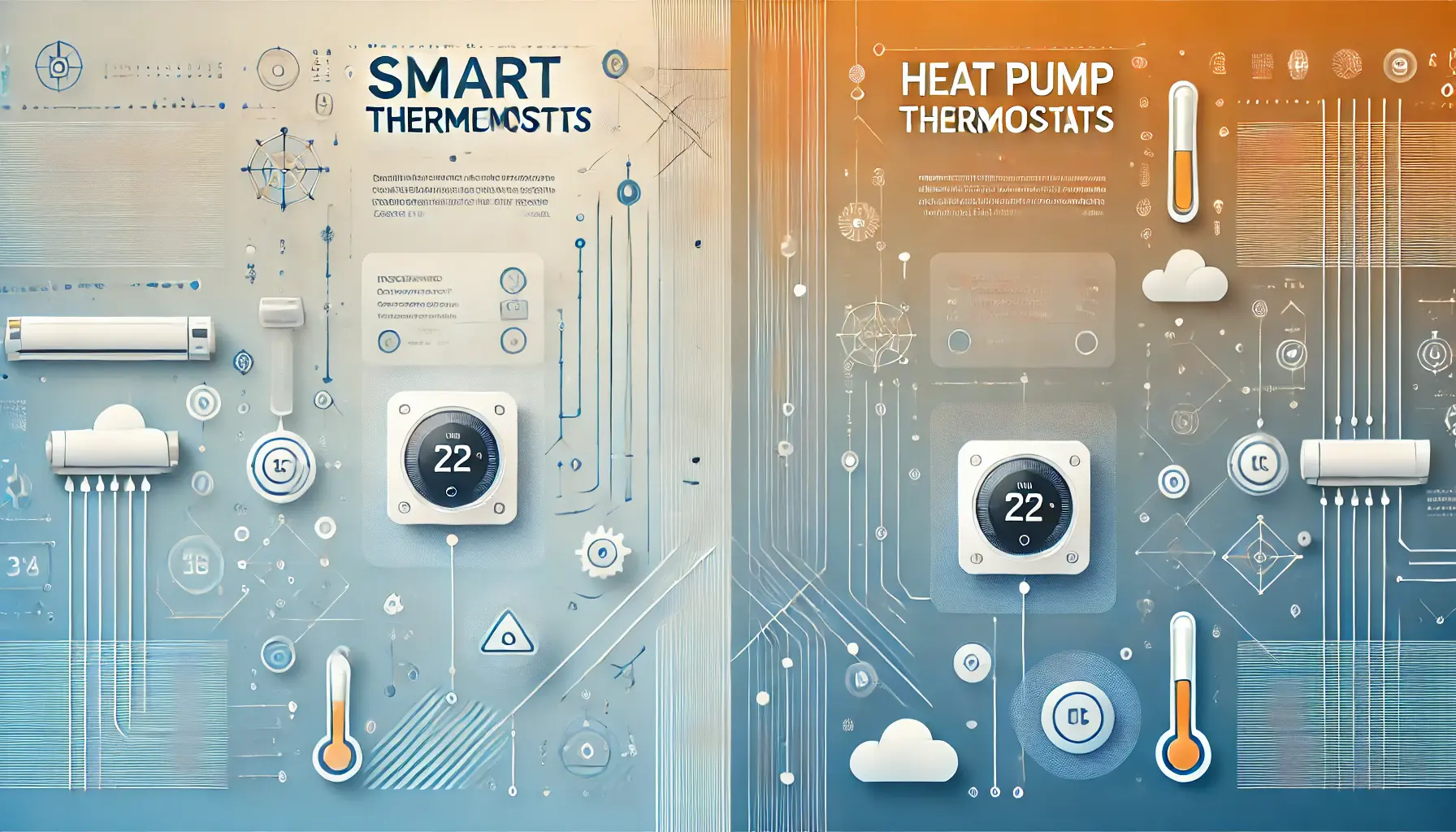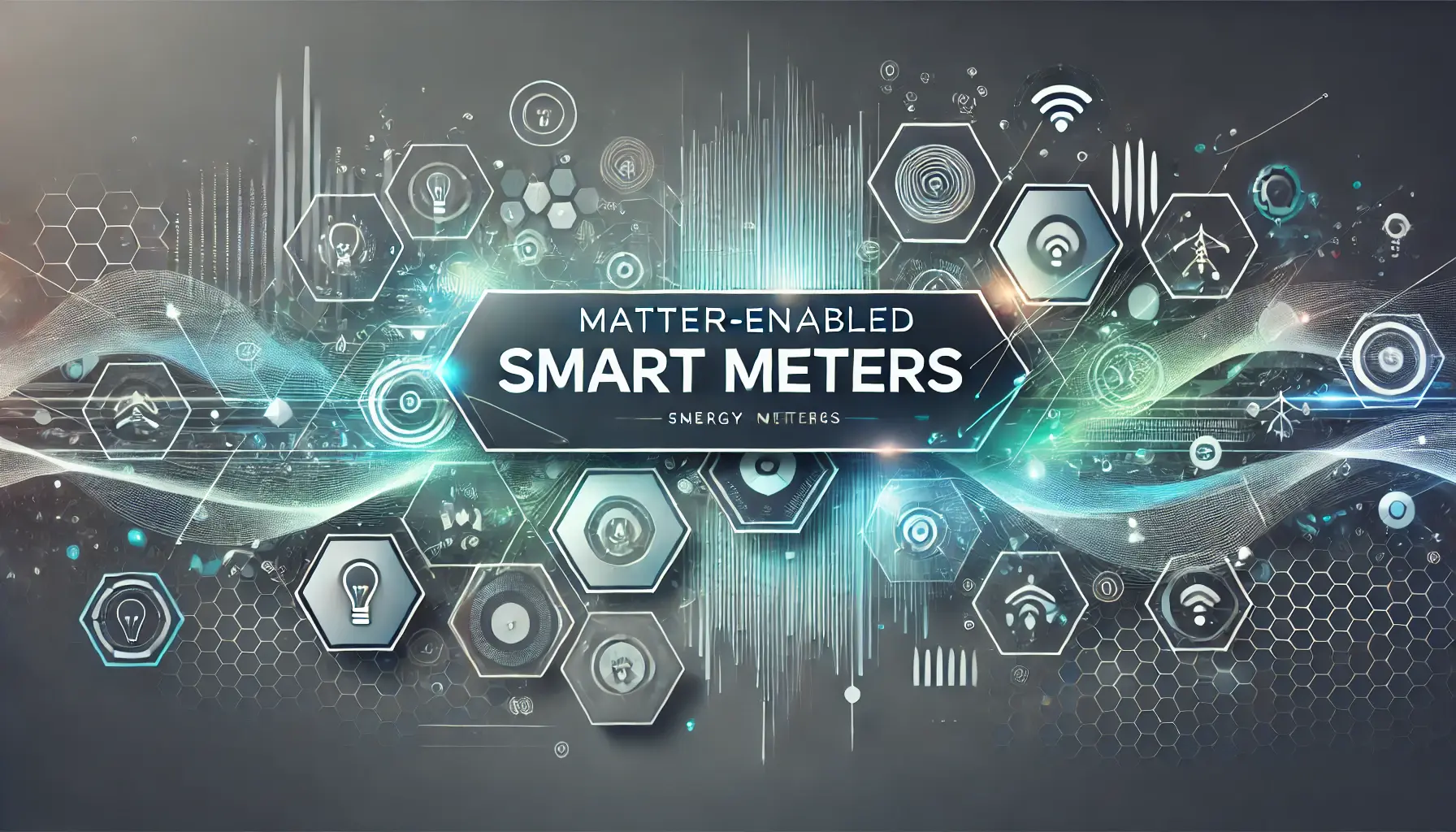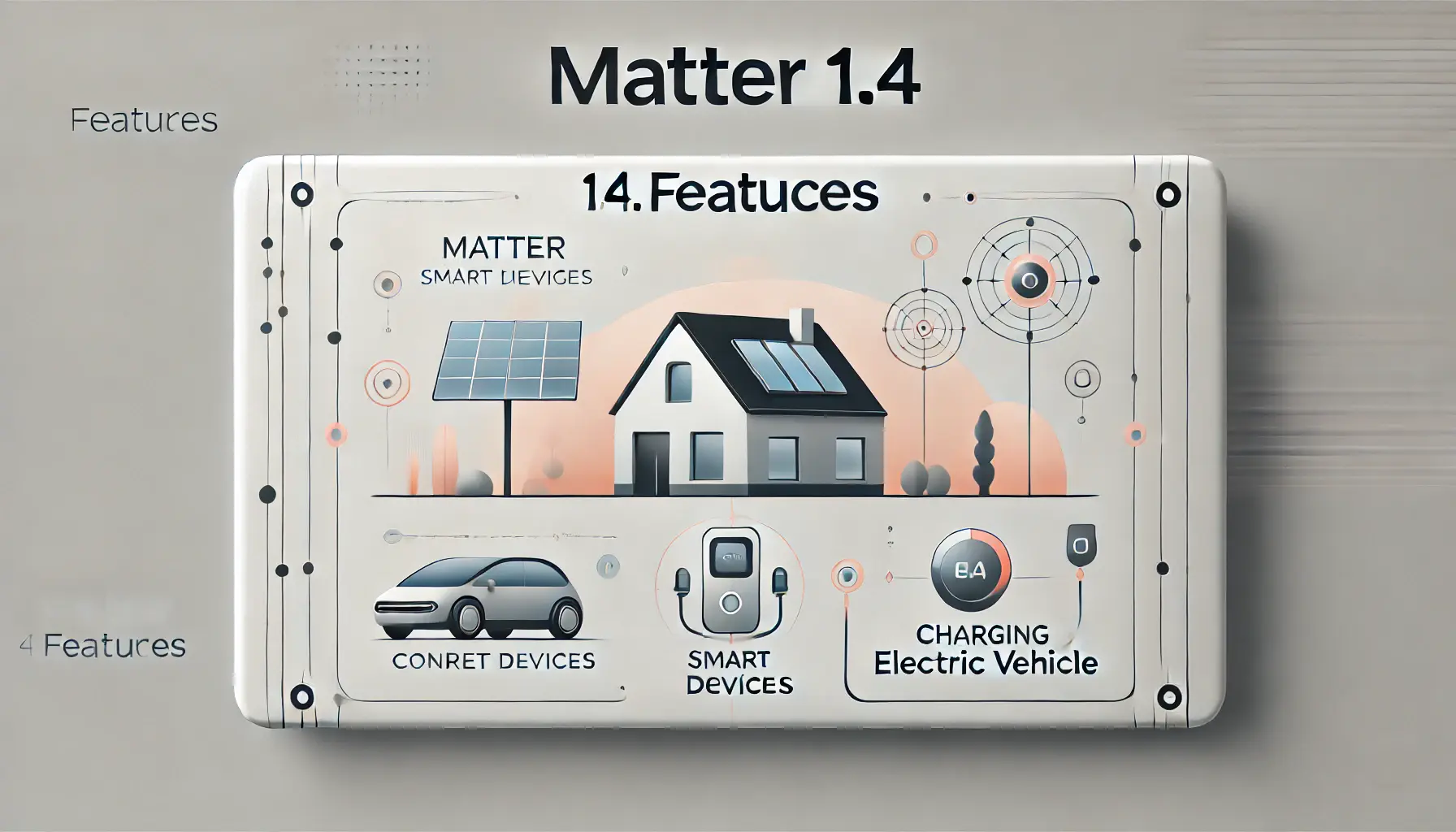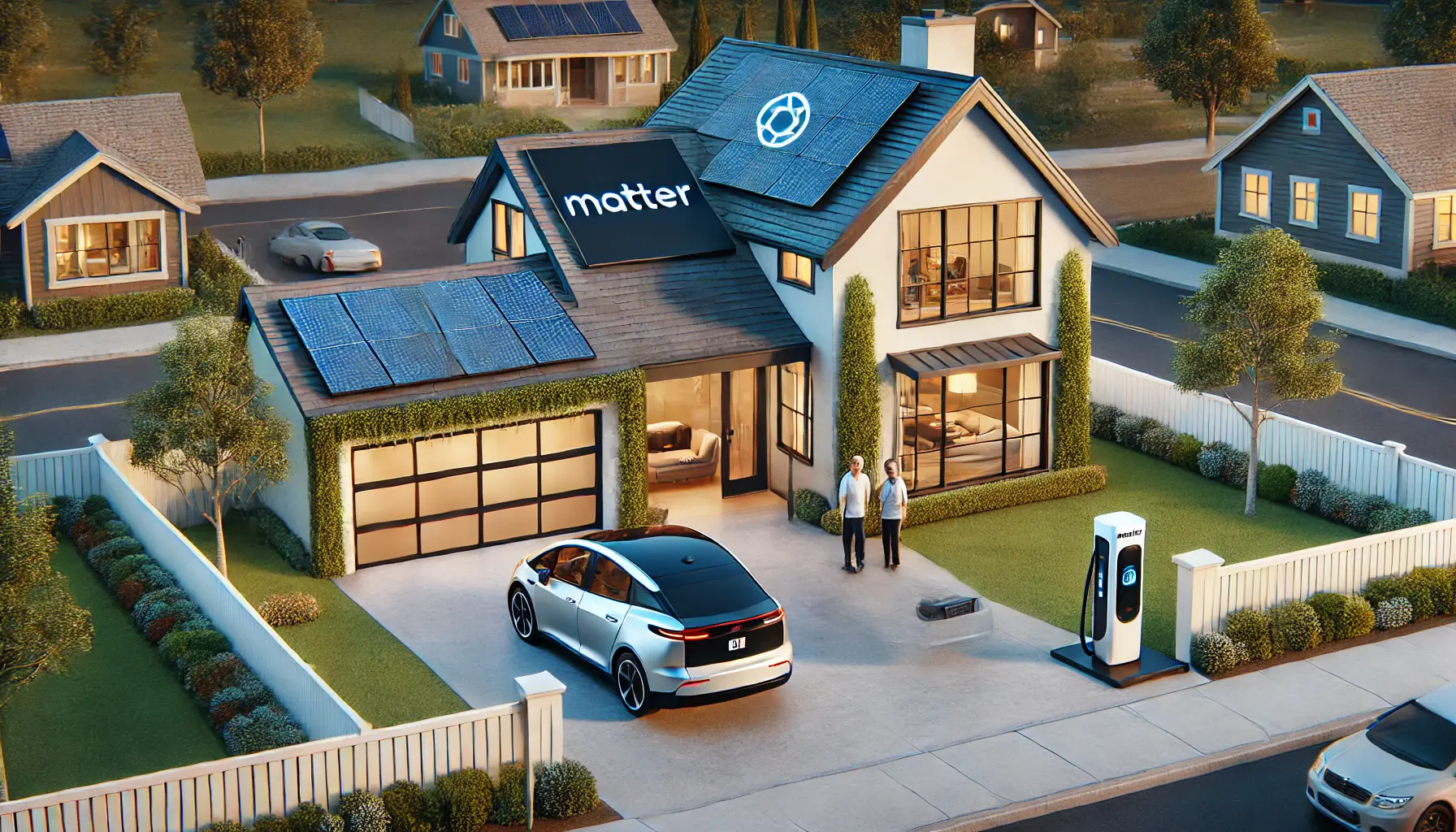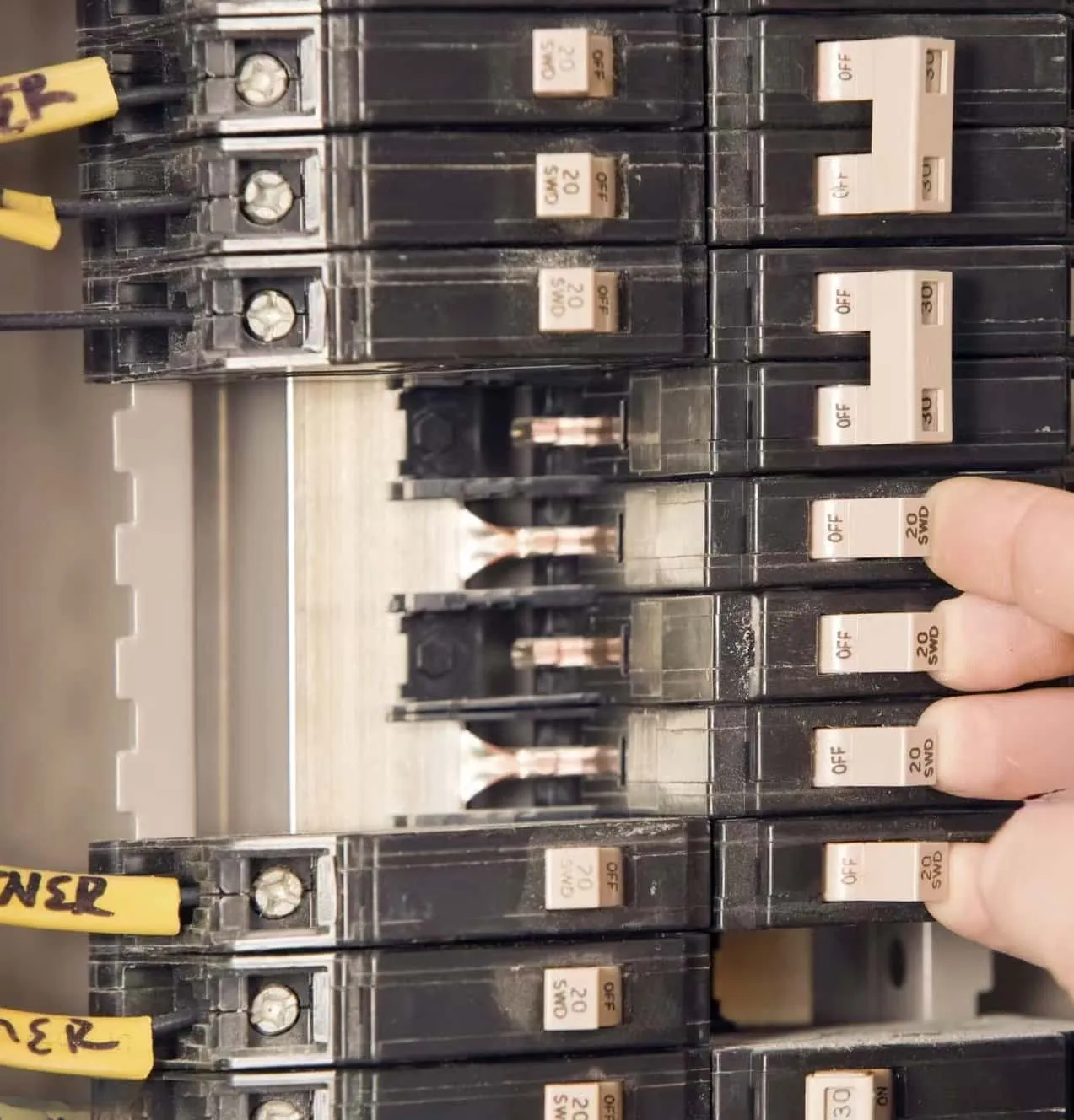
Negli Stati Uniti,termostati intelligenti per pompe di caloreandtermostati standarddiffer significantly in terms of the devices they interface with and the methods of connection. These differences arise from the distinct operating principles of heat pump systems and traditional HVAC (heating, ventilation, and air conditioning) systems. Below is a detailed comparison of their interfacing devices and connection methods.
1. Dispositivi controllati da termostati per pompe di calore
Heat pump systems are dual-purpose, highly efficient devices used for both heating and cooling. Their unique requirements determine the interface methods of heat pump thermostats.
Dispositivi comuni per pompe di calore
Unità esterna (scambiatore di calore)
- Responsabile del trasferimento di calore e collegato tramite cavi specializzati.
- Il termostato deve supportare la commutazione automatica tra le modalità di riscaldamento e raffreddamento.
Dispositivi di riscaldamento ausiliari (ad esempio, strisce riscaldanti elettriche)
- Utilizzato durante i periodi di freddo estremo, quando l'efficienza della pompa di calore diminuisce.
- Heat pump thermostats require an “Emergency Heat” function to control these auxiliary devices.
Valvola di inversione
- Controlla il passaggio tra le modalità di riscaldamento e raffreddamento.
- Thermostats must support O/B terminals to manage the reversing valve logic (heating default or cooling default).
Ventilatore (unità di trattamento dell'aria)
- Assicura una corretta circolazione dell'aria ed è controllato tramite il terminale G.
Metodi di connessione
| Nome del terminale | Funzione | Utilizzo specifico della pompa di calore |
|---|---|---|
| R | Potenza (24 V CA) | Condiviso con termostati standard |
| C | Filo comune (per alimentare dispositivi intelligenti) | Condiviso con termostati standard |
| Y1/Y2 | Controllo del compressore (stadio 1/stadio 2) | Utilizzato sia per il riscaldamento che per il raffreddamento |
| O/B | Controllo della valvola di inversione | Specifico per pompe di calore per la commutazione della modalità |
| G | Controllo della ventola | Condiviso con termostati standard |
| E/AUX | Controllo del riscaldamento ausiliario | Specifico per pompe di calore per riscaldamento di emergenza |
2. Dispositivi controllati da termostati standard
Standard thermostats are typically used for traditional HVAC systems, such as furnaces and air conditioners. These systems do not include reversing valves or auxiliary heat devices, resulting in simpler connection methods.
Dispositivi HVAC comuni
Forno
- Fornisce riscaldamento, solitamente alimentato a gas o elettricità.
- Il termostato controlla il processo di riscaldamento tramite il terminale W.
Condizionatore d'aria
- Fornisce raffreddamento, alimentato da un compressore.
- Controllato dal terminale Y per cicli di raffreddamento.
Fan
- Fa circolare l'aria utilizzando lo stesso terminale G dei sistemi a pompa di calore.
Metodi di connessione
| Nome del terminale | Funzione | Utilizzo specifico HVAC |
|---|---|---|
| R | Potenza (24 V CA) | Condiviso con termostati per pompe di calore |
| C | Filo comune (per alimentare dispositivi intelligenti) | Condiviso con termostati per pompe di calore |
| Y1/Y2 | Controllo del compressore (stadio 1/stadio 2) | Utilizzato solo per il raffreddamento |
| W1/W2 | Controllo del riscaldamento della fornace | Specifico per i sistemi HVAC |
| G | Controllo della ventola | Condiviso con termostati per pompe di calore |
3. Come i termostati intelligenti si adattano a entrambi i sistemi
Funzionalità di rilevamento automatico
La maggior parte dei termostati intelligenti, come ilTermostato NestandTermostato intelligente Ecobee, support both heat pump and HVAC systems. They can automatically detect the type of system based on the wiring configuration.
- Grus Termostato: Supports O/B terminal logic configuration and automatically recognizes the reversing valve setup for heat pumps.
- Termostato Ecobee: Supports up to 4 heating stages and 2 cooling stages, allowing it to manage both heat pumps and auxiliary heating.
Considerazioni sull'installazione
- Identificazione del tipo di sistema: Scegli un termostato intelligente compatibile con il tuo sistema di riscaldamento/raffreddamento (pompa di calore o HVAC).
- Requisiti di cablaggio: Assicurarsi che il cablaggio esistente includa i terminali necessari (ad esempio, il filo C) per alimentare le funzioni intelligenti.
- Configurazione della valvola di inversione: Per i sistemi a pompa di calore, configurare il terminale O/B manualmente o tramite rilevamento automatico.
4. Confronto dei casi d'uso tra termostati HVAC standard e pompe di calore
| Caratteristica | Termostato della pompa di calore | Termostato standard |
|---|---|---|
| Scopo primario | Riscaldamento e raffreddamento tramite trasferimento di calore | Riscaldamento o raffreddamento tramite generazione di calore/freddo |
| Sistemi applicabili | Sistemi a pompa di calore (con riscaldamento ausiliario) | Caldaia a gas, caldaia elettrica, sistemi di aria condizionata |
| Supporto termico ausiliario | Supportato (tramite terminali E o AUX) | Non supportato |
| Controllo della valvola di inversione | Richiede terminale O/B | Non richiesto |
| Compatibilità intelligente | Termostati intelligenti per pompe di calore (ad esempio, Nest, Ecobee) | Termostati HVAC intelligenti (ad esempio, Honeywell, Sensi) |
5. Perché scegliere un termostato intelligente per pompa di calore
Compatibilità più ampia
- Supports reversing valves, auxiliary heating, fans, and other functions, making it ideal for complex heat pump systems.
- Compatibile anche con i sistemi HVAC standard, garantendo flessibilità per futuri aggiornamenti.
Ottimizzazione energetica
- Smart thermostats optimize efficiency by learning user habits, scheduling operations, and monitoring energy consumption.
- Funzionalità come la modalità Eco riducono i costi di riscaldamento e raffreddamento.
Controllo remoto e integrazione intelligente
- Whether for heat pump or HVAC systems, smart thermostats offer remote control, voice commands, and automation settings, making home temperature management effortless.
By understanding the differences in devices and interface methods between heat pump and standard HVAC thermostats, you can make an informed decision when choosing the right thermostat for your system. Ensuring compatibility and proper wiring will guarantee optimal performance and a comfortable home environment.
